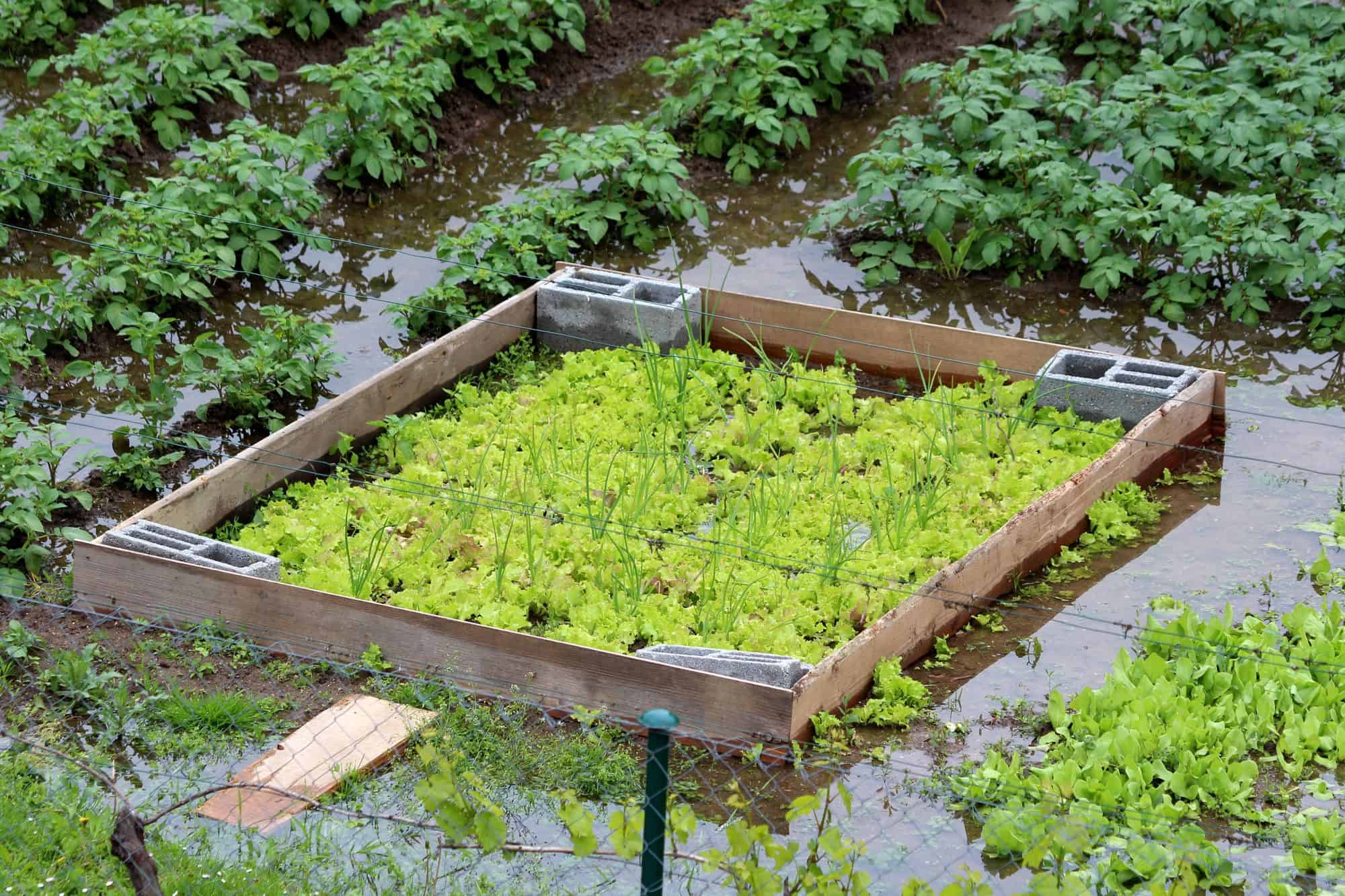
What to do if Your Garden Floods
When the rain falls you might sigh a breath of relief knowing you won’t have to water your garden. However, if your region is experiencing heavy rainfall, you might get a shock to look out your window and see that your garden has flooded!
Flooding is not fun on any level, especially where the fragile lives of your beloved plants are concerned.
Thankfully, there are ways to prevent a flooding disaster in your garden. Here are our best tips to help you prepare for the rain!
The problem with flooding
Standing water that is leftover after heavy rain can be detrimental to plants, especially if the water remains for long periods of time. The roots of plants can suffocate and die, while photosynthesis isn’t able to occur.
Furthermore, the soil is negatively affected, as stagnant water promotes the build-up of toxic compounds and fungal growth.
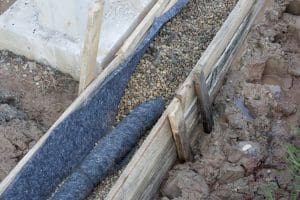
How to get rid of standing water
Bear in mind that when your garden first floods, don’t feel like you need to spring into emergency mode. Give it time and watch to see if the water recedes on it its own within a few days. If the water remains longer than a week, this is when your plants can sustain serious damage.
Most trees and shrubs bounce back after a few days in standing water, but the majority of plant varieties, especially vegetables, are not able to tolerate even a few days.
The best way to drain standing water is to dig ditches or furrows that allow the water to disperse. Don’t worry about any silt that remains on your plants, as this should dry and fall off in time.
How to prevent flooding in your garden
A day can get complicated rather quickly if you have to rush out with a shovel to dig ditches in your yard.
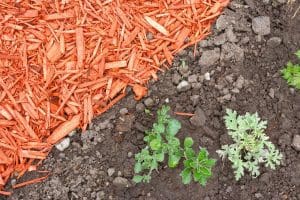
The best method to deal with flooding is to prevent it- plain and simple. There are numerous easy and affordable ways to improve the drainage in your garden.
One of our favorite methods is to apply a layer of gravel, organic mulch, or small landscaping stones to the top layer of soil in your flower bed. These materials help to hold and spread moisture evenly, so plants receive only what they need.
If you live in a region that receives a generous amount of rain, then you might want to consider installing a rain barrel to collect rain, which can then be reused to water plants in a more sustainable way.

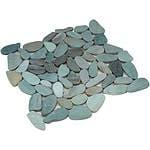
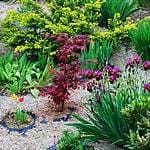



Leave a Reply